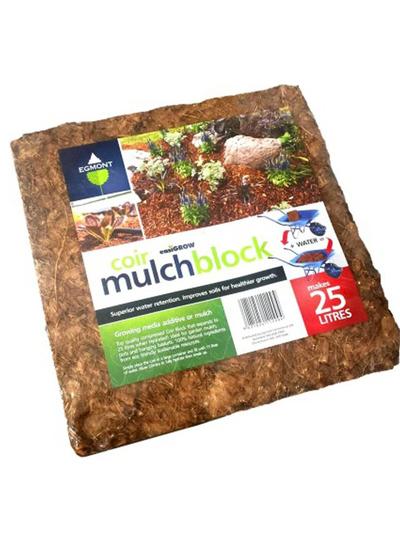
Protection and Prevention
To keep your tomatoes pest-free and healthy, I recommend using Wally’s Secret Tomato Food with Neem every 4-6 weeks. Neem helps to control pests, while the other essential product is Copper spray, a natural fungicide that should be used every 3-4 weeks. Neem granules are a must-have for preventing pests on edible crops. If you're unsure what's causing issues with your tomatoes, bring in affected fruit or leaves for a proper diagnosis.
Weather or Fertiliser-Related Issues
Rolling of Older Leaves
Cause: Fluctuating temperatures.
Solution: Mulch around the plant to help control soil temperature.
Sun Scald
Cause: Exposure to bright sunlight causes paper-like brown patches on the fruit.
Solution: Leave older leaves on the plant to provide natural shade.
Tomato Fruit Splitting
Cause: Inconsistent watering leading to a rapid growth spurt.
Solution: Water consistently. If this becomes a recurring issue, try varieties like Big Beef, which is resistant to cracking.
Blotchy Fruit
Cause: Excess heat, too little potash, or over-watering.
Solution: Use Tui Tomato Fertiliser or Wally’s Secret Tomato Food. Supplement with Sulphate of Potash if needed.
Tops of Tomatoes are Green
Cause: Excess sunlight, dry conditions, or too much potash.
Solution: Apply Sulphate of Ammonia and water regularly.
Blossom End Rot
Cause: Calcium deficiency and irregular watering.
Solution: Regular watering and add gypsum before planting. Apply mulch to retain moisture. Use Gypsum as needed.
Magnesium Deficiency
Cause: Yellowing between leaf veins.
Solution: Feed with Tui Tomato Fertiliser or Wally’s Secret Tomato Food. Supplement with Epsom Salts or Sequestron if necessary.
Common Insects
Aphids
Signs: Wilted plants, distorted leaves. Aphids suck sap from new growth, often found on the underside of leaves.
Solution: Use neem oil or insecticidal soap.
Mites
Signs: Yellowing and dehydration on leaves.
Solution: Use a miticide or insecticidal soap.
Tomato Fruit Worm
Signs: Small holes in the fruit caused by caterpillars tunnelling inside.
Solution: Hand-pick affected fruit and use insecticides when necessary.
Tomato Psyllid
Signs: Severe damage, often requiring the destruction of the affected plant.
Solution: While hard to control once established, regular application of neem granules may help. Destroy infected plants.
Whitefly
Signs: Tiny white insects on the undersides of leaves. When disturbed, they fly around.
Solution: Use insecticidal soap or neem oil.
Common Fungal Issues
Early Blight
Signs: Small spots with dark mould on older leaves.
Solution: Spray regularly with copper fungicide and dispose of affected plants.
Late Blight
Signs: Irregular brown patches on leaves, more common in wet, humid climates.
Solution: Copper fungicide spray is essential for prevention. Dispose of infected plants.
Botrytis/Grey Mould
Signs: Grey-brown rot or mould on leaves, stems, and fruit.
Solution: Remove infected parts and use fungicides to prevent spread.
Leaf Mould
Signs: Yellowing blotches on older leaves, with grey mould underneath.
Solution: Remove affected leaves and treat them with fungicides.
Verticillium Wilt/Bacterial Wilt
Signs: Drying and withering of leaves.
Solution: Rotate crops, avoiding planting in the same area for more than one year in three. Plant resistant varieties such as Big Beef, Grosse Lisse, or Roma.
Powdery Mildew
Signs: Greyish powdery coating on leaves, stems, and fruit.
Solution: Use Fungus Fighter to control the spread.
Garden Expert Tips
- Regular maintenance, such as using neem products and copper fungicides, can help prevent most pests and diseases.
- Pay attention to watering, mulching, and crop rotation to mitigate temperature fluctuations and nutrient imbalances.
- Early intervention is critical. If unsure, don’t hesitate to bring in affected plants for expert advice.





















